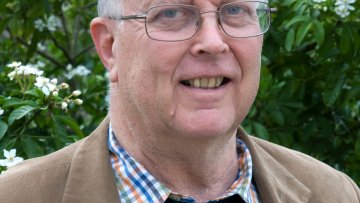Delay differential equations with threshold-type delays
Abstract
I will discuss some properties of delay differential equations in which the delay is not prescribed a-priori but is determined from a threshold condition. Sometimes the delay depends on the solution of the differential equation and its history. A scenario giving rise to a threshold type delay is that larval insects sometimes experience halting or slowing down of development, known as diapause, perhaps as a consequence of intra-specific competition among larvae at higher densities. Threshold delays can result in population dynamical models having some unusual properties, for example, if the model has an Allee effect then diapause may cause extinction in some parameter regimes even where the initial population is high.
Please note that this talk is only suitable for Mathematicians.


